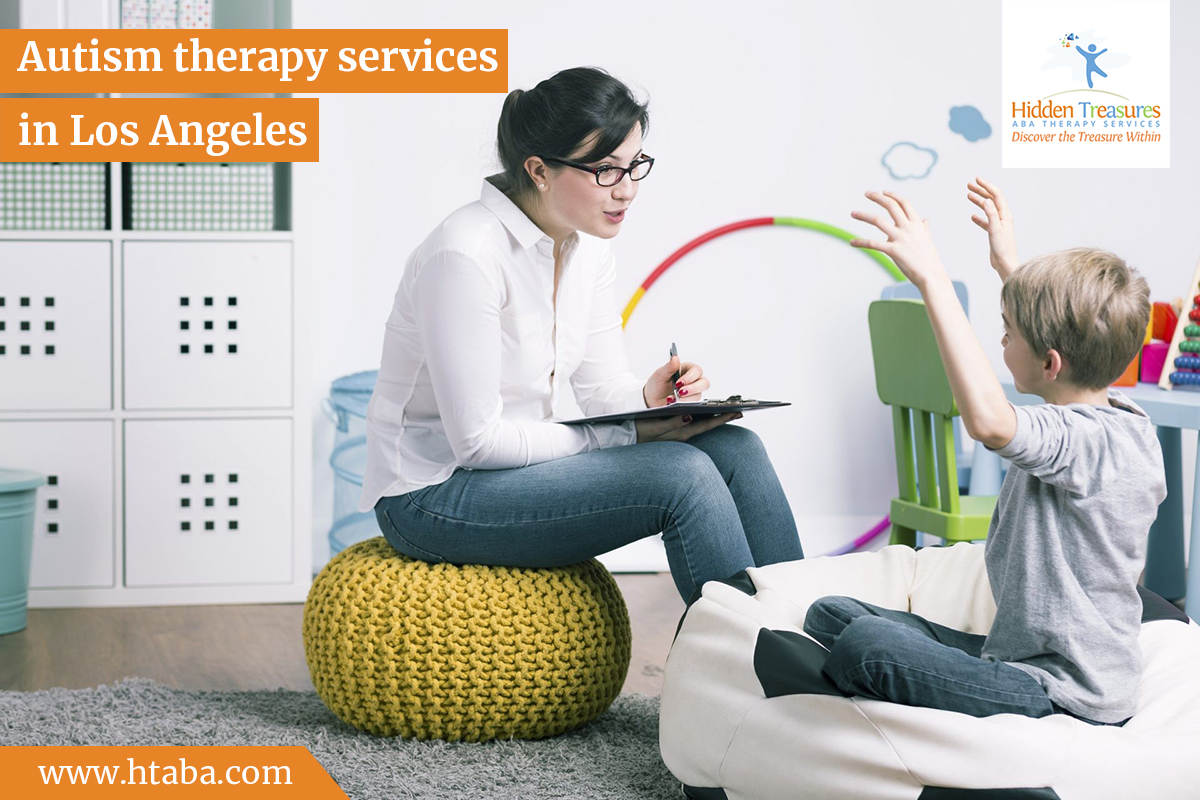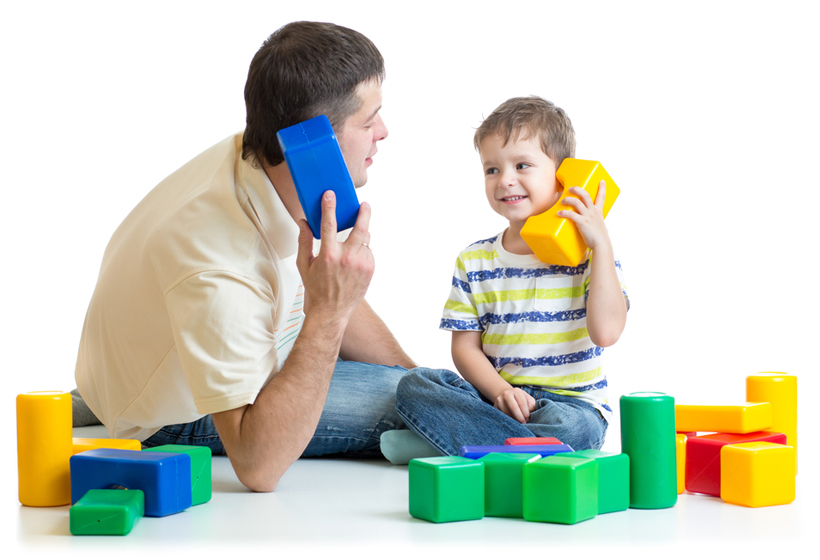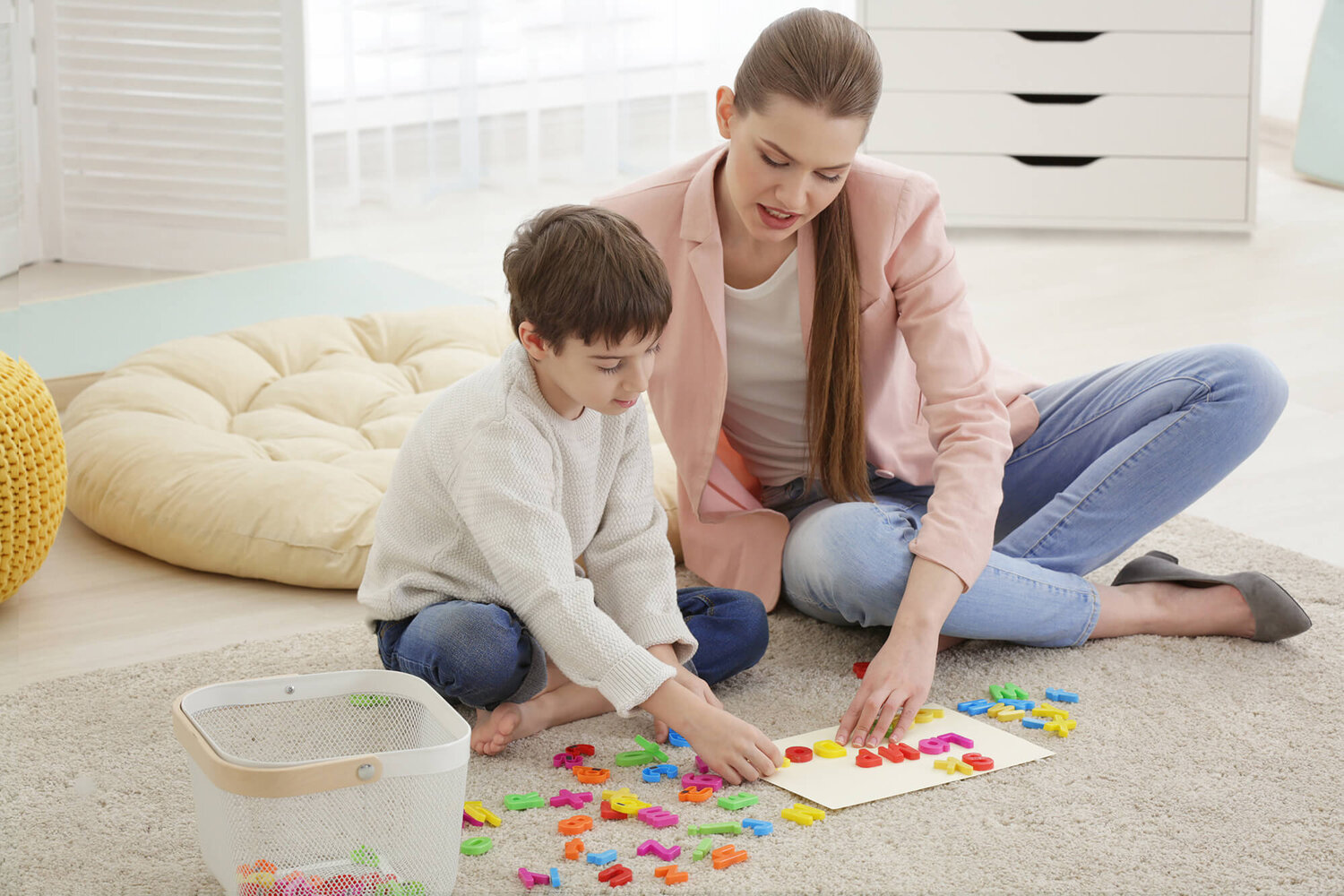Are you aware of the four basic functions of behaviors in autism?

A behavior that a person engages in repeatedly will typically serve some kind of purpose or function for them (O’Neill, et al, 1997). In applied behavior analysis therapy (ABA), the experts have found that all behavior can be reasoned. And, as per the studies, there are four basic functions that have been identified of which only the three are mostly talked about. The fourth one, technically which is referred to as the automatic negative reinforcement is discussed much less. In autism behavioral therapy , studying these four functions of behavior is necessary to identify why a person is continuing to engage in a certain belief, pattern or purpose. This is essentially the assumption that there is a rationale for a behavior's occurrence. It might be difficult to comprehend why an adult or kid engages in a behavior, especially if it is negative such as violence or self-injury, but understanding the underlying purpose can help. At the same time, behavior might serve multiple purposes.





